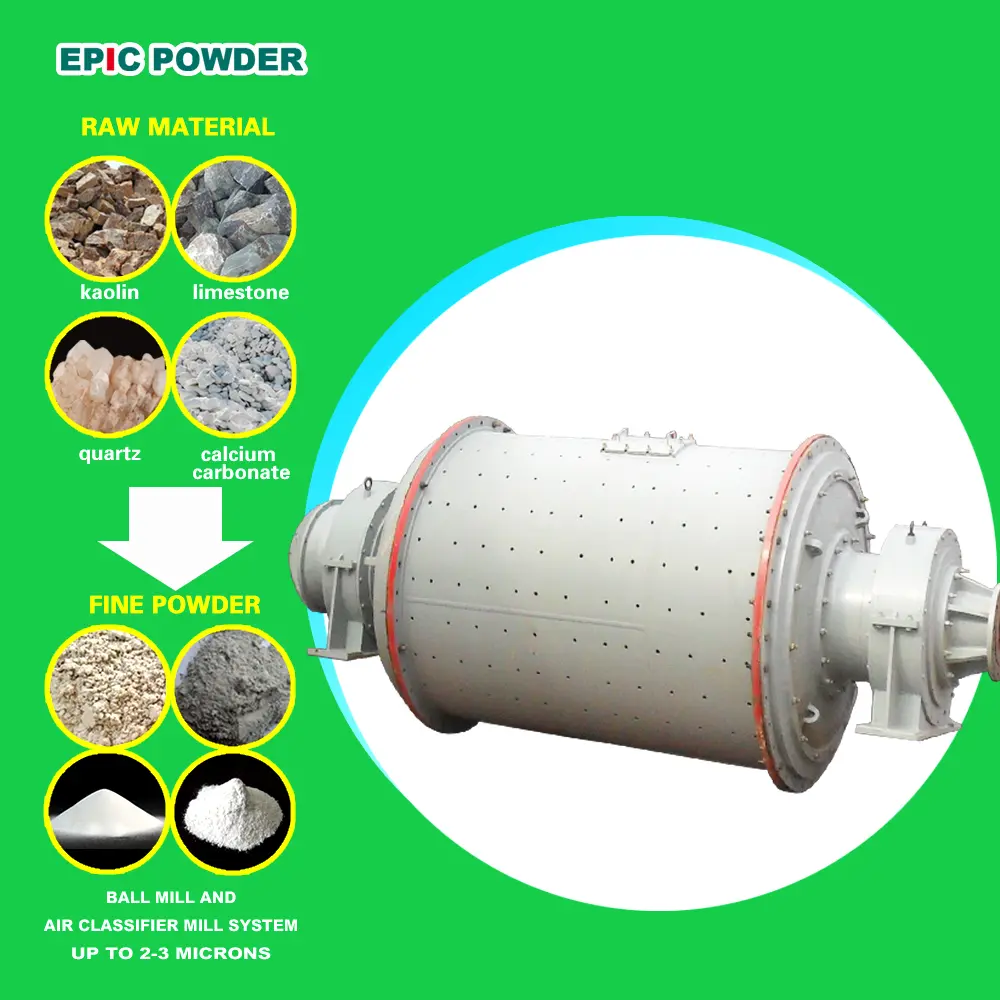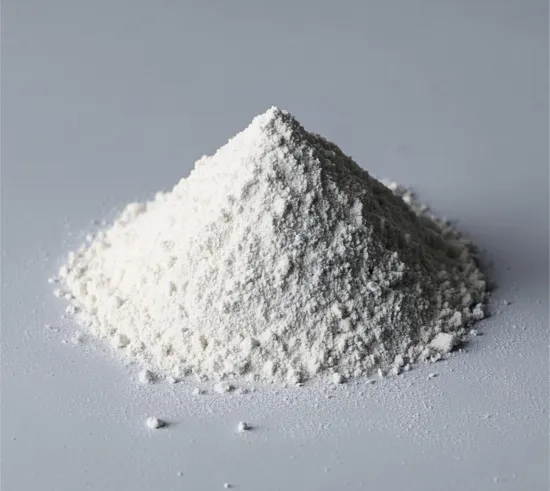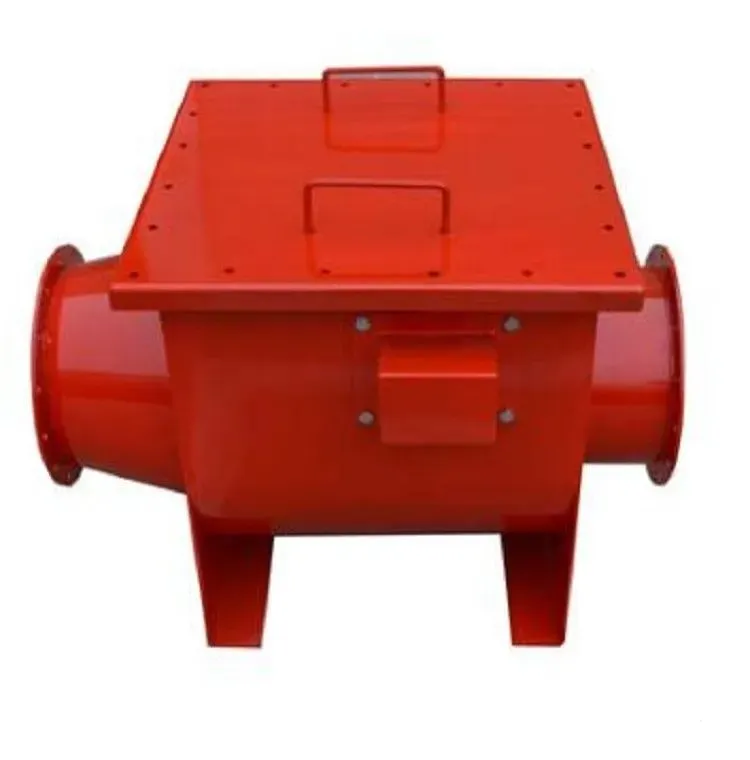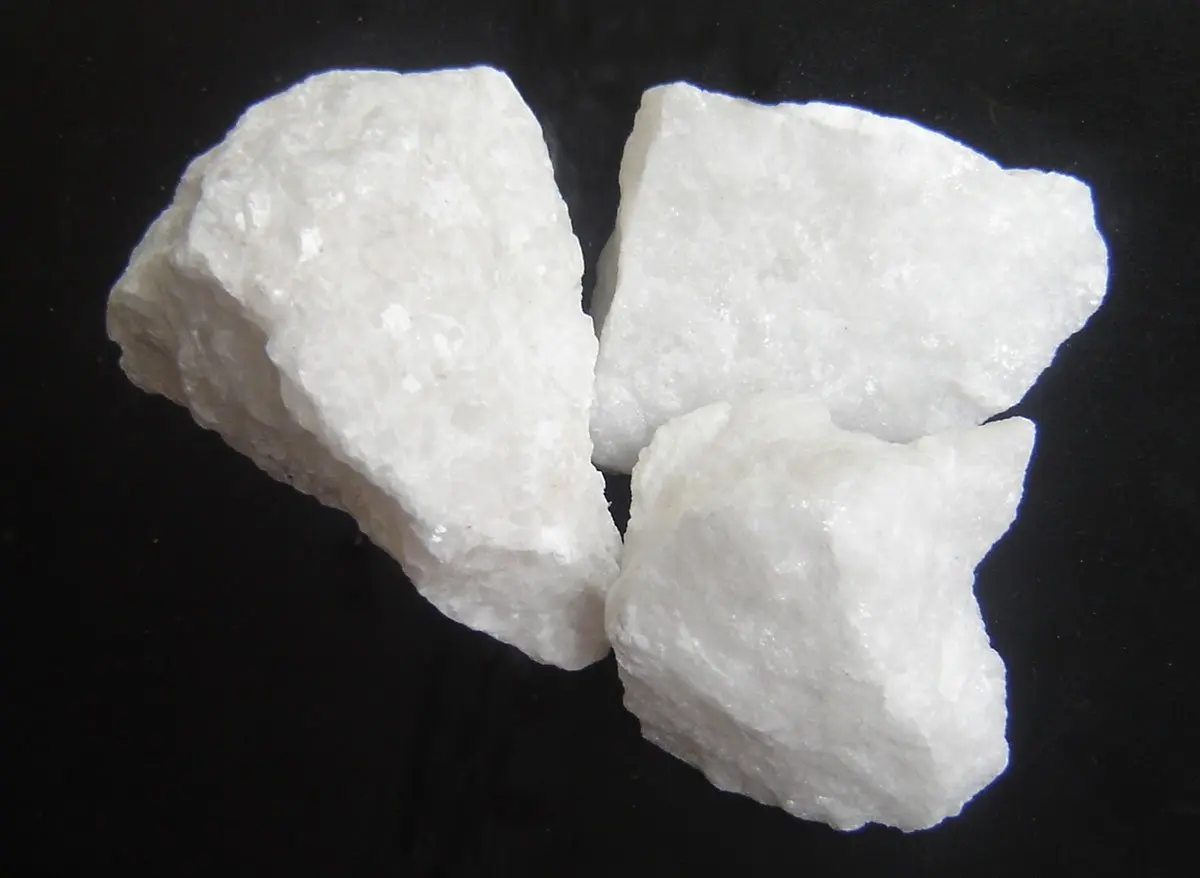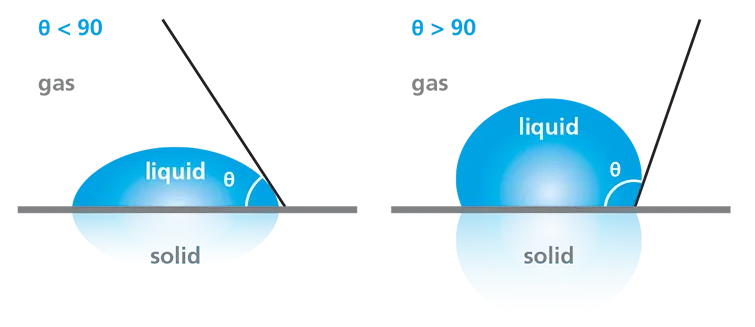Jet milling is a sophisticated process used to achieve precise particle size control through a combination of advanced engineering and careful adjustments to process parameters. This method, widely used in various industries, especially in pharmaceuticals, provides the consistency and quality essential for high-performance products. Here’s a closer look at how jet milling works to produce finely sized powders.
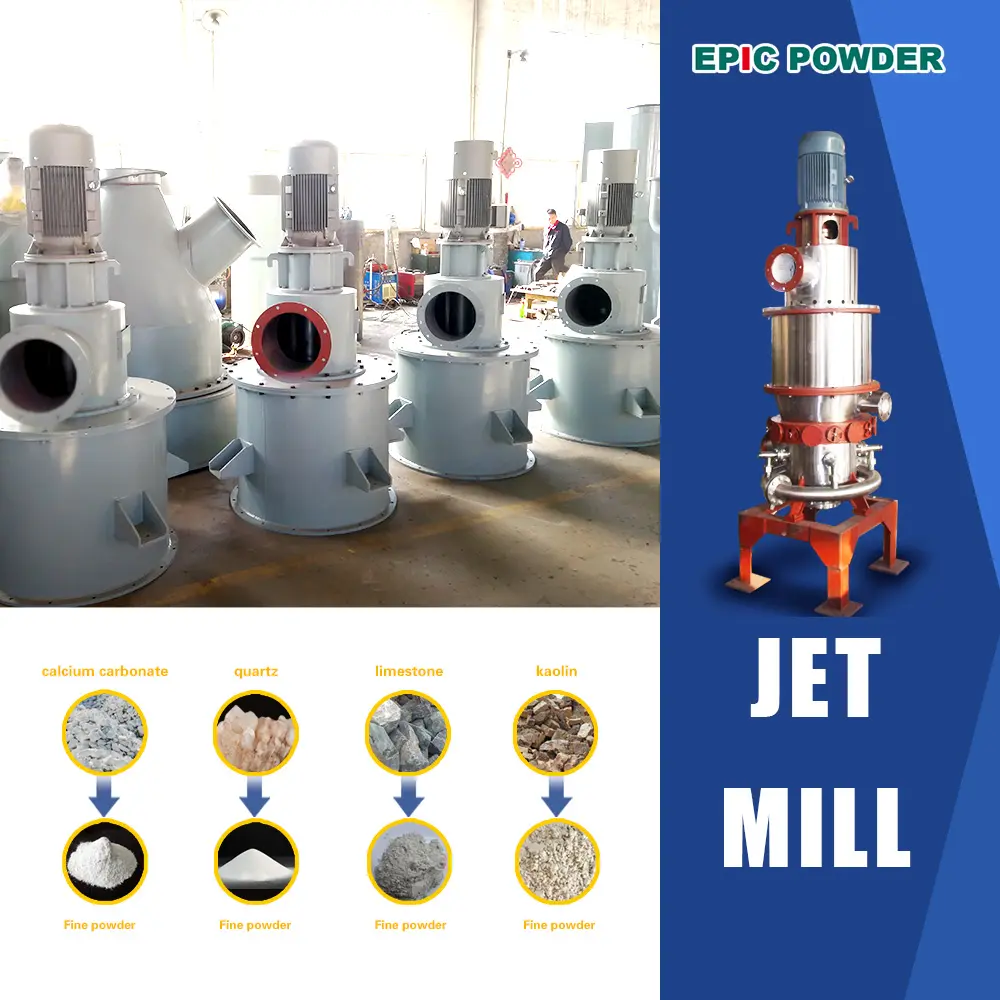
1. High-Velocity Gas Streams
At the heart of the jet milling process are high-pressure, compressed gas streams, typically air or nitrogen, which create powerful, high-velocity flows within the milling chamber. These gas streams accelerate the particles, causing them to collide with each other at high speeds, resulting in effective size reduction. The kinetic energy generated from these collisions is a critical factor in achieving the desired particle size. It provides the force needed to break down particles without relying on traditional milling tools.
2. Adjustable Process Parameters for Fine Control
Jet milling allows for fine-tuning of particle size by adjusting several key parameters. Each of these variables plays a distinct role in the final particle size, providing operators with the flexibility to produce a range of sizes depending on the requirements.
Gas Pressure: By increasing the inlet gas pressure, the gas streams reach higher velocities, intensifying particle collisions and producing finer particles. Conversely, reducing gas pressure leads to milder collisions and, subsequently, larger particle sizes.
Feed Rate: The rate at which raw material is introduced into the mill affects how long particles remain in the chamber. A higher feed rate increases mill loading, reducing residence time and resulting in larger particles. On the other hand, a lower feed rate allows for a longer milling time, yielding finer particles.
Classifier Speed: For jet mills with dynamic classifiers, adjusting the rotor speed refines particle size distribution further. A faster classifier speed rejects larger particles, sending them back into the milling zone for additional processing. Lower speeds allow more fine particles to exit the mill, providing flexibility in achieving desired particle sizes.
3. Static and Dynamic Classification Systems
Effective classification is essential in jet milling to ensure a uniform particle size distribution. Jet mills often utilize both static and dynamic classifiers to separate particles by size.
Static Classification: In this system, particles are passively sorted based on their size within the mill. Larger particles are directed toward the edges and sent back for further grinding, while smaller particles exit with the gas stream.
Dynamic Classification: Equipped with variable-speed rotors, dynamic classifiers actively sort particles as they leave the grinding chamber. This precise control allows for a more refined particle size and tighter distribution, particularly beneficial for applications that require strict particle size specifications.
4. Minimal Heat Generation
One of the key advantages of jet milling over traditional mechanical milling is its minimal heat generation. Since jet milling relies on gas dynamics rather than mechanical friction, there is little to no heat produced. This makes it ideal for processing heat-sensitive materials. The low-temperature operation ensures that materials retain their original properties. It is especially valuable in pharmaceuticals and other industries requiring ingredient stability.
5. Continuous Operation and High Throughput
Jet mills are designed for continuous operation, allowing for steady production cycles that improve efficiency. This continuous processing capability ensures consistent particle size control over long production runs, minimizing variability and delivering a high-quality, uniform product.
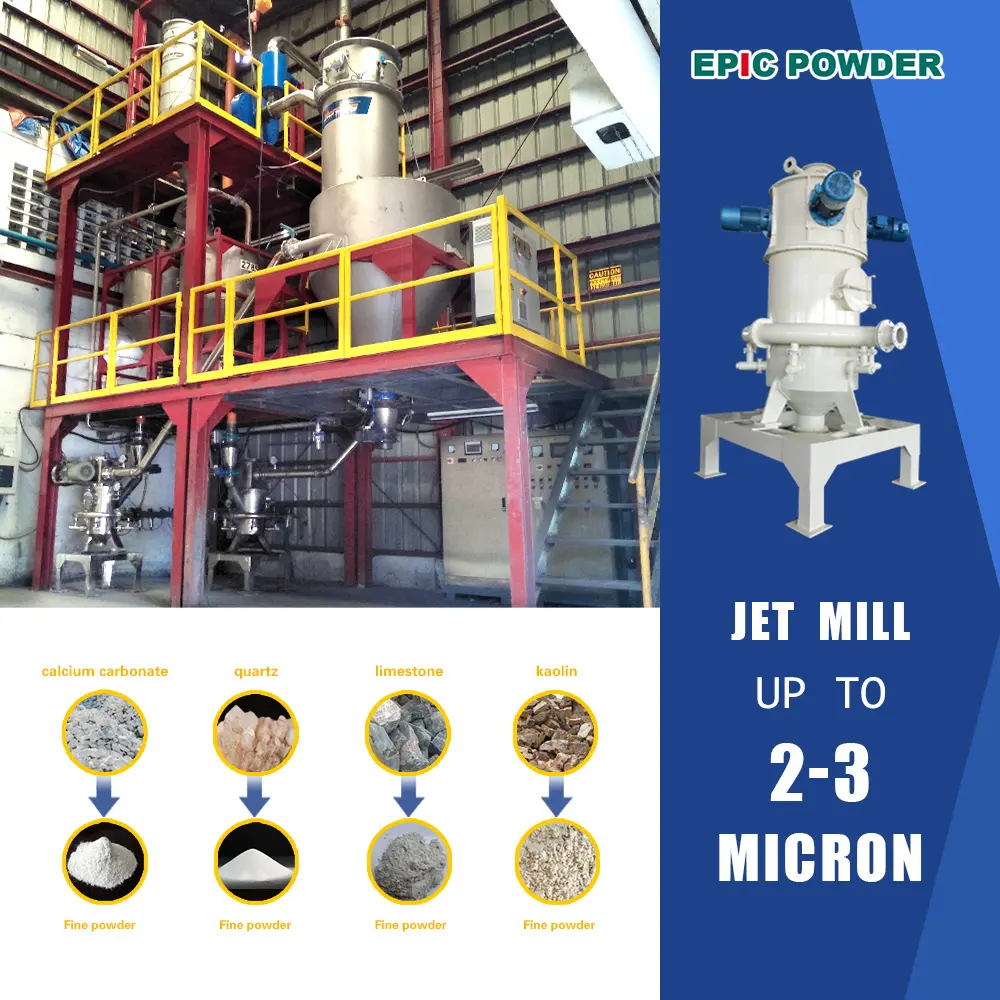
In Summary
Jet milling achieves precise particle size control through the use of high-velocity gas streams, adjustable process parameters (such as gas pressure, feed rate, and classifier speed), efficient classification methods, minimal heat generation, and continuous operation. These features make jet milling an ideal choice for applications that demand uniform, finely sized powders. For industries like pharmaceuticals, where consistency and quality are paramount, jet milling provides an effective solution for reliable particle size control.

